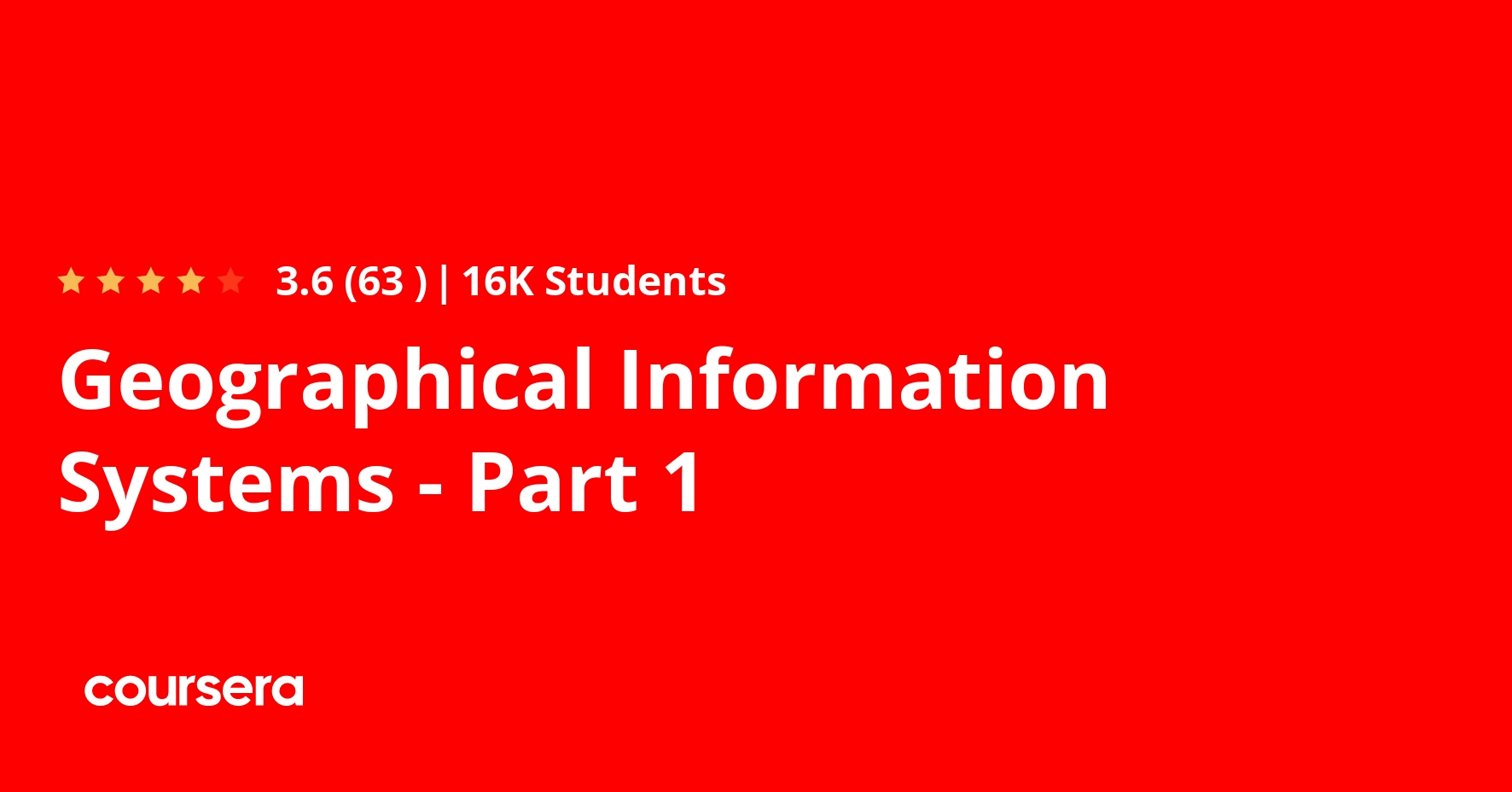Description
This course is organized into two parts presenting the theoretical and practical foundations of geographic information systems (GIS).
– Together theses courses constitute an introduction to GIS and require no prior knowledge.
– By following this introduction to GIS you will quickly acquire the basic knowledge required to create spatial databases and produce high-quality maps and cartographic representations.
– This is a practical course and is based on free, open-source software, including QGIS.
If you study or work in the fields of land management or the analysis of geographically distributed objects such as land use planning, biology, public health, ecology, or energy, then this course is for you!
In this first part of the course, we will focus on the digitization and the storage of geodata. In particular, you will learn:
– To characterize spatial objects and/or phenomena (territory modeling) with respect to their position in space (through coordinate systems, projections, and spatial relationships) and according to their intrinsic nature (object/vector mode vs. Image/raster mode);
– About the different means used to acquire spatial data; including direct measurement, georeferencing images, digitization, existing data source, etc.);
– About the different ways in which geodata can be stored – notably, files and relational databases;
– How to use data modeling tools to describe and create a spatial database;
– To query and analyze data using SQL, a common data manipulation language.
The second part of this course will focus on methods of spatial analysis and geodata representation. In this section, you will learn:
– How to describe and quantify the spatial properties of discrete variables, for example through spatial autocorrelation;
– To work with continuous variables. In particular, we will look at sampling strategies, how to construct contour lines and isovalue curves, and we will explore different interpolation methods;
– To use digital elevation models and create their derivative products (i.e. slope, orientation);
– How to evaluate the interaction between different types of geodata through overlay and interaction techniques;
– How to create effective maps based around the rules of graphic semiology;
– Finally, we will also explore other, increasingly common, forms of spatial representation such as interactive web-mapping and 3D representations.
You can find an interactive forum for course participants on our Facebook page: https://www.facebook.com/moocsig
What you will learn
Digitization – Territorial Modeling: Spatial elements and the characteristics
This first week deals with the first step in digitizing terrain, namely territorial modeling. In this week, we will consider factors such as the scale and theme of interest in order to determine which objects or spatial phenomena should included in the model, and we will also see how the geographic positioning and intrinsic nature (e.g. raster or vector) of these elements factors into how they are characterized in a terrain model.
Digitization – Geodata Capture and Documentation
Digital data acquisition involves various techniques including the direct measurement of primary data, the semi-automated vectorization and digitization of spatial objects, or the georeferencing of digital images. In this week’s module we will begin with a lesson on metadata in which we will discuss the processes and rules for documenting a dataset, which are essential for data sustainability, and we will also introduce a case study on participatory GIS in Senegal and Seychelles.
Digitization – Automated Capture and Use of Existing Geodata
In this week we will continue to build on the topic introduced last week with automatic vectorization, and we will also review a non-exhaustive list of some important pre-existent data sources that are available for you to access. We will finish with a case study of a Senegal-Mauritania biodiversity project before you will test your knowledge in the first quiz of the module.
Storage – Geodata Structure and Organization
In this 4th week, which marks the beginning of the second module of the course devoted to data storage, we begin by reviewing the fundamental aspects of geodata storage and the most common data formats, before tackling the theme of relational databases and data modeling. The week concludes with a lesson on creating databases in the QGIS environment and a case study on the role of GIS in a transport and urban planning project in Senegal.





